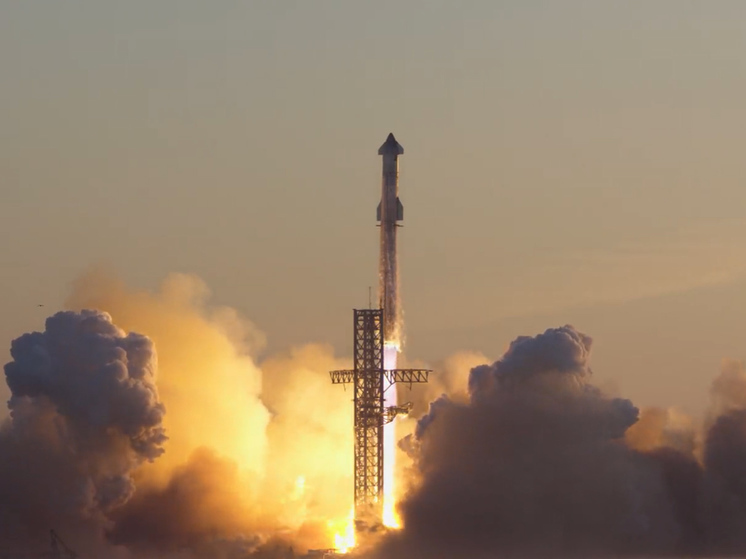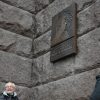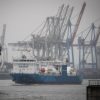The next SpaceX launch ended in disaster
Failure befell Elon Musk’s ambitious plans to conquer space. His SpaceX spacecraft reached outer space for the first time, but exploded moments later — similar to the first flight in April.

SpaceX's unmanned Starship, designed to carry astronauts to the Moon and beyond, made its first spacewalk on Saturday but is believed to have crashed minutes later.
According to The Guardian, this was Starship's second test after its first attempt to send a ship into space ended in an explosion earlier this year.
The two-stage rocket ship took off from Elon Musk's Starbase launch pad, nearby from Boca Chica, Texas, east of Brownsville, on a planned 90-minute flight into space without a crew.
If successful, the rocket would splash down in the Pacific Ocean near Hawaii. The company hopes the rocket will eventually be able to fly around Earth, which could take an hour and a half.
But after about two and a half minutes of flight, the two stages of the spacecraft separated from each other. SpaceX soon announced that it could not find a signal from the second stage, which it declared «lost.»
The company believes that the rocket's self-destruct mechanism was activated after it lost a signal.
SpaceX's second flight is considered an improvement over its first test launch in April, when both stages ultimately exploded four minutes into the flight. The first stage of the spacecraft, nicknamed “superheavy” due to its 33 engines, it failed, causing both stages to explode, The Guardian recalls.
This time, Super Heavy's 33 engines managed to propel itself and its second stage, the Starship rocket system, into space. «Starship» successfully separated from the Superheavy as planned, but the missile's automatic shutdown system activated, resulting in an explosion.
“What we really believe right now is that the automatic flight abort system on the second stage apparently fired very late as we descended over the Gulf of Mexico”, – said SpaceX engineer John Inspraker on the company's broadcast.
Inspraker did not specify what could activate the termination system.
On X, a social media platform also owned by Musk and formerly known as Twitter, SpaceX confirmed that it had experienced an explosion, which the company calls a «rapid unscheduled disassembly.»
“When conducting such tests, success depends from what we're learning, and today's test will help us improve Starship's reliability as SpaceX strives to make life multi-planetary, – stated in the company.
The Federal Aviation Administration suspended the rocket's launch pending safety and environmental reviews but cleared the launch this week. The company came under criticism after its first launch because of the amount of debris it showered Texas after its first explosion.
The company has a $4 billion contract with the US space agency NASA, which hopes the partnership will lead to the first successful mission to the moon in more than five decades. Musk has broader aspirations for the company's rockets, saying he wants to eventually send people to Mars on reusable rockets.
Musk has also floated the idea of using the rocket for commercial travel, such as offering an hour-long flight from London in Tokyo.
Musk argued that the tests, even if they lead to explosions, are important for the company to improve its spacecraft. A Nas spokesman recently suggested that the company would need the number of launches to be «maximum» before the vehicle could be used for a lunar landing mission.























































Свежие комментарии